Dazzling Displays - Exploring the New MBUX Driver Information Screens

Digital driver information centers are becoming more and more the norm these days. For those unfamiliar with the term, a driver information center is the area usually found behind the steering wheel that includes items such as vehicle speed, engine rpm, fuel status, mileage, and much more.
Traditionally, analog dials and gauges made up a driver information center. But with technological advancements, manufacturers are replacing that analog with fully digital. This allows brands to get more creative with the center’s design and gives owners greater customization of the display.
Mercedes-Benz introduced the second generation of the brand’s MBUX infotainment system which includes a fully digital driver information center. Standard with this system are six main screen designs that have customizable elements. Included with SUVs like the GLC 300 4MATIC is a seventh screen. Below we break down each screen and its main features.
Understated
This mode limits information to just the essentials. There’s a digital speed readout, fuel level, gear selection as well as a few more items. Two large, thin dials are on either side, with the left dial highlighting vehicle speed. The right dial is an analog clock (in digital form).
This mode allows drivers to choose from 7 color themes that expands to the infotainment screen as well as the vehicle’s interior ambient lighting. The goal is to create a uniform mood throughout the vehicle.
Sport
The next option is the Sport mode. The screen features a large dial in the center with red elements to give it a 3D shape. Speed is once again listed at the top with a large rpm readout below. On the edges of the red dial are readouts for the amount of engine horsepower and torque currently being used.
Either side of the dial can be customized for more performance data or other vehicle details. As with most modes, there’s an information bar on the bottom of the screen.
Classic
This mode mimics the analog gauges we grew up with. On the left is the speedometer while the rpm gauge is to the right. Both have a red digitized needle. There’s also the digital speed readout at the top of the screen and more information on the bottom such as fuel level and outdoor temperature.
In the middle more vehicle information can be displayed. The driver can fully customizable what is featured there. Safety, fuel economy, trip distance, and even a small navigation window are a few of the options.
Navigation
As the name suggests, this mode prioritizes the driver information center to show the navigation map. Stretching from corner to corner, there’s a portion blacked out at the top for a digital speed readout and a strip of other important driver information at the bottom.
Like with the map on the infotainment system, the viewpoint can be changed and it's possible to zoom in an out.
Assistance
The assistance mode is like the navigation mode but replaces the map with a digitized blue landscape. Central to the screen is a road with a GLC 300 at the bottom.
This screen shows in real time when the vehicle brakes or signals are in use. Any vehicles travelling in front of the car will be shown as well as the distance between it and the GLC. On multilane roads such as freeways, it will show the lane markings as well as vehicle travelling around the GLC.
Off-Road
Exclusive to 4MATIC (all-wheel drive) versions of the GLC 300 is the Off-Road screen. Although most owners will never venture deep off-road, this screen shows the status of the vehicle in relation to the terrain around it, all in real-time.
On the left is a digital gauge that shows the vehicle’s degree of sideways angle. Basically, how much it’s leaning over to one side or the other. This screen also shows the amount of steering angle the driver is currently applying.
On the right is the rpm gauge with another vehicle angle meter in the middle. This meter shows how the GLC is tipping forward or backward. Central to the whole screen is the digital speed readout on the top and a large compass in the middle. Beside the compass is an elevation readout as well as the longitude and latitude of the vehicle’s current location, in case one has really ventured off the beaten path.
If the GLC is equipped with the 360-degree cameras, there’s also a transparent hood mode that allows drivers to see what’s directly in front of the vehicle.
Service
The final screen is the service screen. This mode shows all the necessary information regarding the vehicle’s health and current operation conditions. By default, on the left the vehicle will inform the driver of any warning alerts as well as the number of days until the next scheduled service. On the right are various meters such as engine oil level and coolant temperature.
Like most modes, the speed readout is on the top of the screen while an information strip is located on the bottom.
Become an AutoGuide insider. Get the latest from the automotive world first by subscribing to our newsletter here.

A 20+ year industry veteran, Mike rejoins the AutoGuide team as the Managing Editor. He started his career at a young age working at dealerships, car rentals, and used car advertisers. He then found his true passion, automotive writing. After contributing to multiple websites for several years, he spent the next six years working at the head office of an automotive OEM, before returning back to the field he loves. He is a member of the Automobile Journalists Association of Canada (AJAC), and Midwest Automotive Media Association (MAMA). He's the recipient of a feature writing of the year award and multiple video of the year awards.
More by Mike Schlee



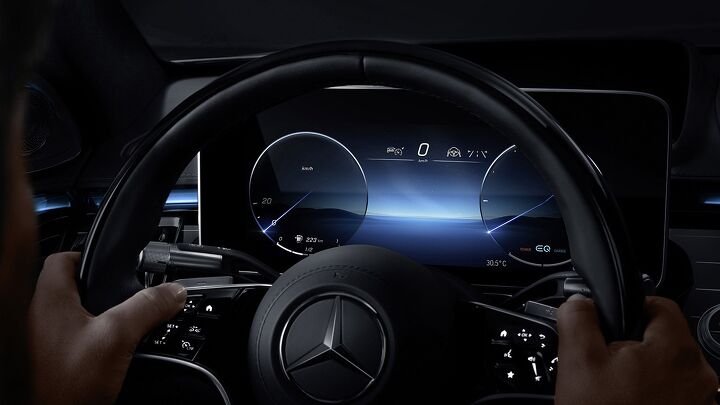

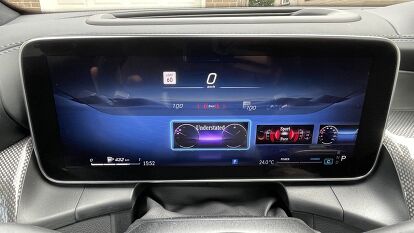



























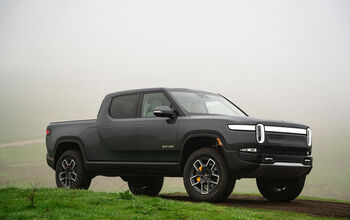


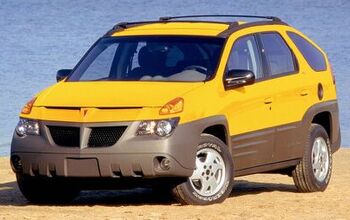
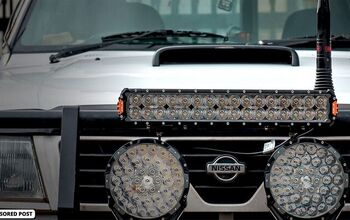

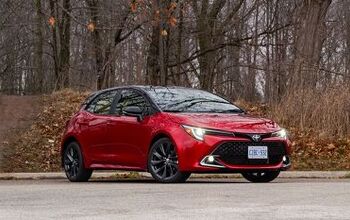
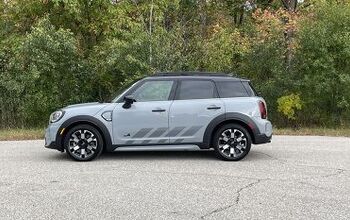

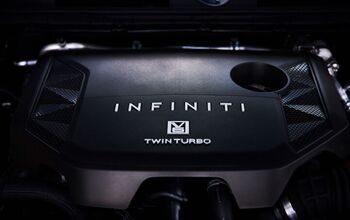
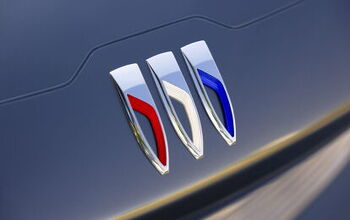


Comments
Join the conversation